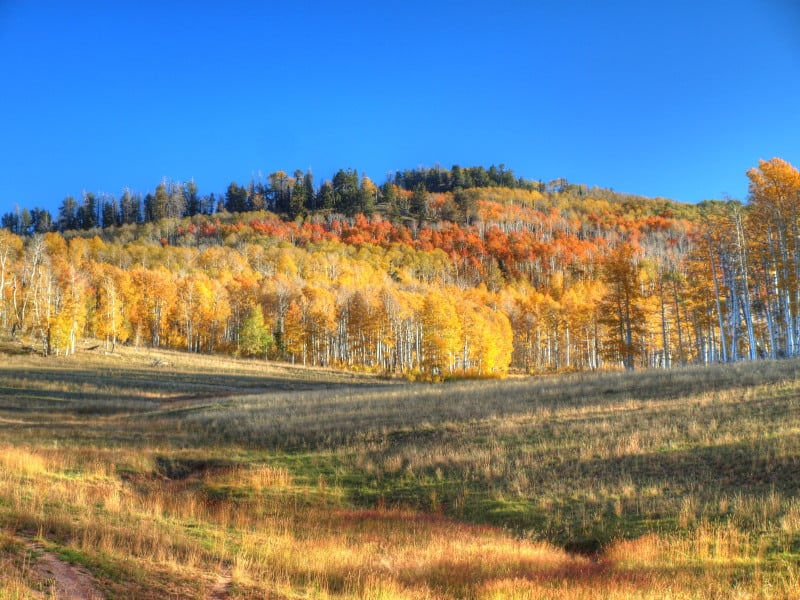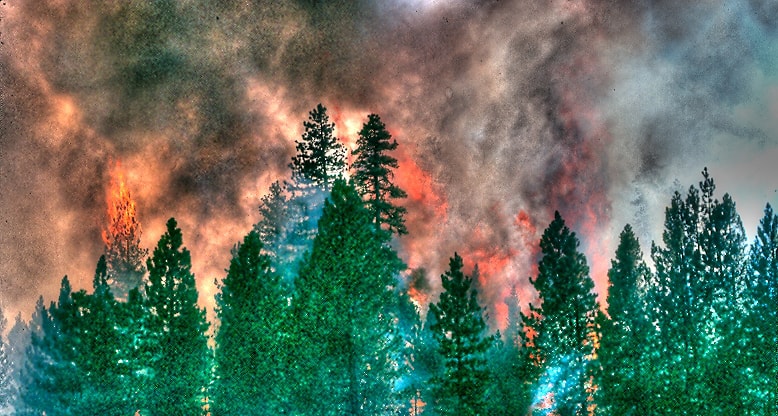It seems like an exercise in futility for the “New Century of Forest Planning” group to be discussing and cussing forest planning &/ policy when we haven’t even agreed to the scientific fundamentals that serve as the cornerstone and foundation for any such discussions.
Below, I have developed a tentative outline of the high level fundamentals which any Forest Plan or Policy must incorporate in order to have a reasonable chance of meeting the desired goals. Until we can come up with a version of these “Forestry Fundamentals” that we generally agree to, we are pushing on a rope and wasting each other’s time unless our objective here is simply to snap our suspenders and vent on each other.
In your comments, please note the outline Item that you are responding to. Maybe we can revise my initial effort and come to some common ground. In doing so we would perform a service and make a step forward that would be useful outside of this circle instead of just chasing our tails. Coming to such an agreement would be a step towards developing a priority hierarchy and eliminating the internal conflicts which make current federal forest policy and law ambiguous and self-contradictory. Until we reach common ground, the current obviously unworkable policies will continue to doom our forests to poor health and consequentially increase the risk of catastrophic loss of those forests and the species that depend on them for survival.
– FORESTRY FUNDAMENTALS – 1st Draft 12/15/16
ESTABLISHED SCIENCE WHICH MUST BE INCORPORATED IN PLANNING FOR
THE SUSTAINABILITY OF FOREST DEPENDENT SPECIES
I) The Fundamental Laws of Forest Science which have been repeatedly validated over time, location, and species. They include:
— A) plant physiology dictating the impact of competition on plant health,
— B) fire science dictating the physics of ignition and spread of fire and
— C) insects and pathogens and their propensity to target based on proximity and their probability of success being inversely proportional to the health of the target.
— D) Species suitability for a specific site is based on the interaction between the following items, those listed above and others not mentioned:
— — 1) hydrology, the underlying geology and availability of nutrients in the soil.
— — 2) latitude, longitude, elevation, aspect and adjacent geography.
— — 3) weather including local &/ global pattern changes.
II) The Fundamental Laws controlling the success of endangered, threatened and other species dependent on niche forest types (ecosystems):
— A) Nesting habitat availability.
— B) Foraging habitat availability.
— C) Competition management.
— D) Sustainability depends on maintaining a fairly uniform continuum of the necessary niches which, in turn, requires a balanced mix of age classes within each forest type to avoid species extinguishing gaps.
— E) Risk of catastrophic loss must be reduced where possible in order to minimize the chance of creating species extinguishing gaps in the stages of succession.
III) The role of Economics:
— A) Growing existing markets and developing new markets in order to provide revenue to more efficiently maintain healthy forests and thence their dependent species.
— B) Wise investment in the resources necessary to accomplish the goals.
— C) Efficient allocation of existing resources.
IV) The role of Forest Management:
— A) Convert the desires/goals of the controlling parties into objectives and thence into the actionable plans necessary to achieve the desired objectives.
— B) Properly execute the plans in accordance with the intent of: governing laws/regulations and best management practices considering any economies.
— C) Acquire independent third party audits and make adjustments in management practices where dictated in order to provide continuous improvement in the means used to achieve goals.
— D) Adjust plans as required by changes: in the goals, as required by the forces of nature and as indicated by on the ground results.
— E) Use GIS software to maintain the spatial and associated temporal data necessary for Scheduling software to find and project feasible alternatives and recommend the “best” alternative to meet the goals set by the controlling parties.
What did I miss, what is wrong, what is right, what would improve this list of Forest Fundamentals?

